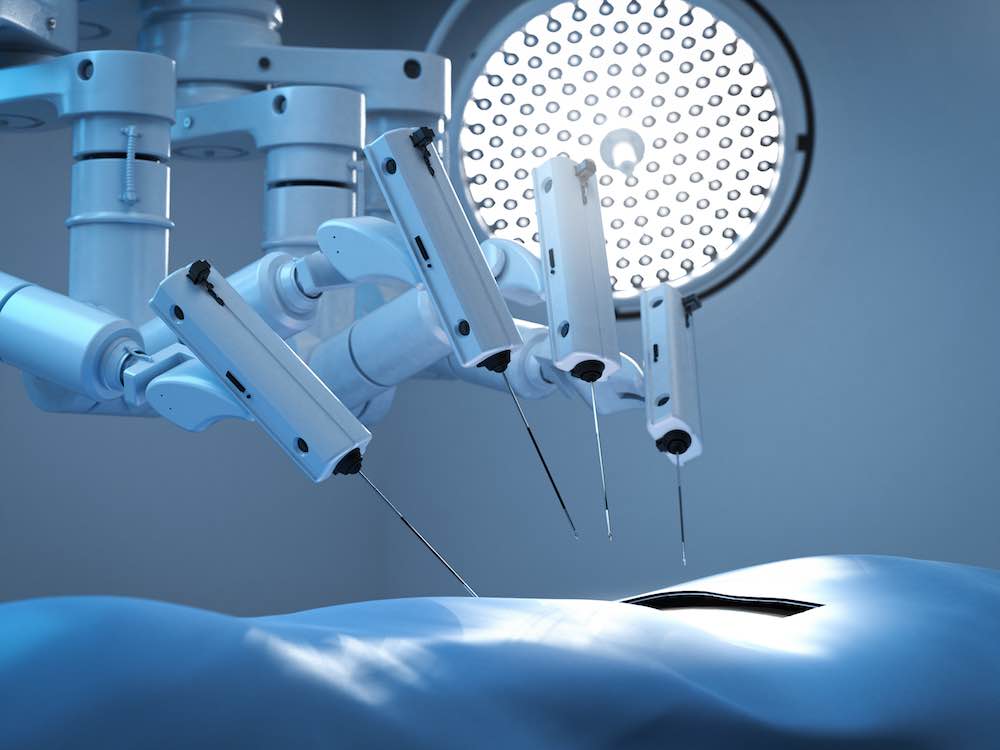At EPFL's Computational Design and Robotics Lab (CREATE), researchers led by Professor Josie Hughes are pioneering new approaches to robot design. Leveraging animal movement data and AI, two of Professor Hughes' students built innovative bio-inspired robots.
Mikael Achkar created a robotic dog by studying canine movement and building mechanisms mimicking biological structures. Without relying on motors, his passive design leverages momentum and natural dynamics for agile autonomous locomotion.
By analyzing dog motion capture data, Achkar extracted key patterns to inform the robot dog's synergistic leg architecture. He designed symmetric limbs with coordinated joints enabling dog-like running.
Constructed using metal rods as "bones", 3D printed pulleys as "joints", and cables as "tendons", the robot was tested on a treadmill. To the researchers' surprise, it moved without any activation, only needing momentum from a counterweight pendulum.
While motors expanded its movements, the inherent passive dynamics were remarkable. When obstructed, the robot naturally resumed walking. At peak speed, it reached six kilometers per hour.
As Achkar explains, their focus is on biologically-grounded, not highly complex robotics. By optimizing mechanical design, only minimal controls are needed. The interlinked joints exemplify principles applicable to other robot limbs.
Professor Hughes' lab blends biology, AI and engineering for next-generation robotics. Beyond the innovation, Achkar's project reveals deep insights into animal movement that can inspire more energy-efficient, agile machines. By reverse engineering nature, EPFL researchers are advancing robots that move with life-like ease and grace.


















